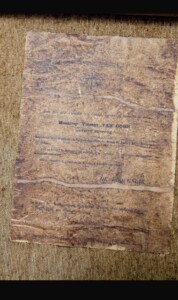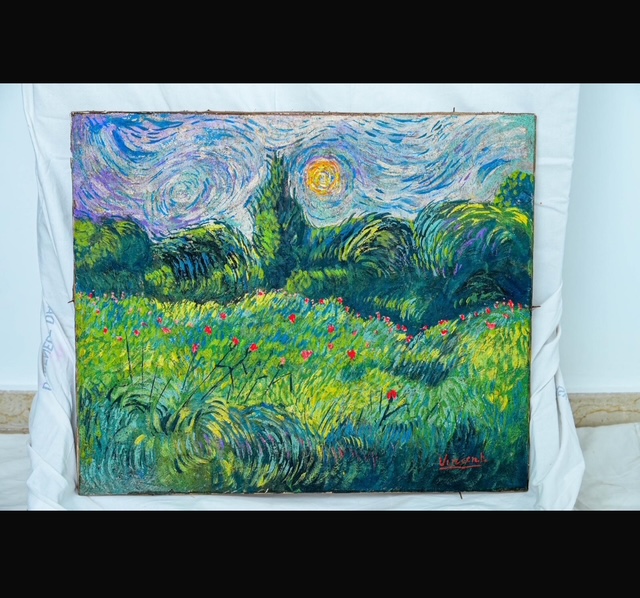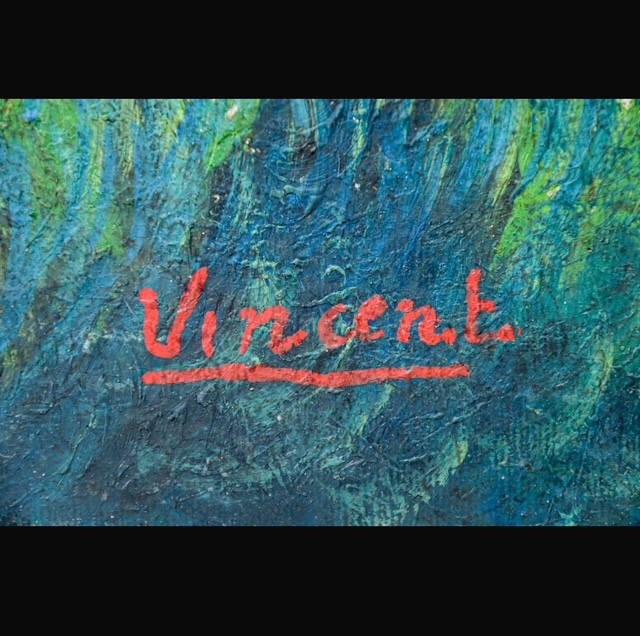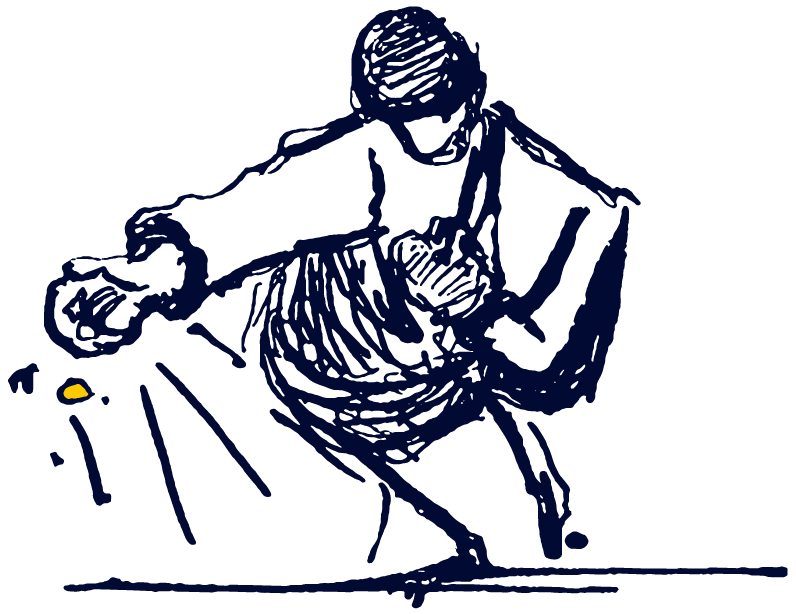De Profundis : A Truly Fake Van Gogh
Since we implemented a strict policy regarding requests for authentication, attribution, or expert opinion, their number has significantly declined. I can’t say I miss them—though there’s always something fascinating about these inquiries, which often carry the scent of dreams, and sometimes… of fraud.
The person who submitted the following image generously made a donation to the Van Gogh Academy, became a member, and authorized us to publish our neutral, disinterested opinion. We thank them warmly. Their support allows us to push further and continue advancing knowledge about the life and work of Vincent van Gogh. I should add that this person – unusually – is themselves convinced that the painting is a grotesque forgery. We don’t know if they actually own the painting.

Color
I don’t need to look at this painting for more than a few seconds to be convinced that it is not a Van Gogh. Even before focusing on the brushwork, what strikes the eye is the complete imbalance of the colors. Van Gogh calculated tones and values according to rigorous principles, with extraordinary sensitivity. That’s what allowed him to produce powerful and harmonious effects.
He spoke in his letters of seeking color symphonies—a metaphor that makes perfect sense when we remember that colors are, after all, wavelengths of light, just as sounds are waves perceived by the ear. Certain visual combinations, like musical chords, reinforce one another and produce harmony. Others generate tension, creating effects comparable to musical dissonance—as if one were pressing several adjacent keys on a piano: a confused and unpleasant vibration.
The painting in question here is the result of such confusion. The artist attempted to summon the entire spectrum of tones and colors at once, producing a fairly dreadful chromatic chaos—light years away from Van Gogh’s coherent and methodical approach.
To an observation like this, one often replies that Van Gogh could have had a bad day. It’s an argument I also use when I see people reject certain late works by Van Gogh on the grounds that they’re poorly executed—as if everything he touched had to be genius. Of course, like everyone, Van Gogh had bad days and sometimes failed to achieve his intended effects. But when he failed, it was while still applying his method—not by forgetting the fundamentals of his craft. And those fundamentals are painfully absent from the painting presented here.
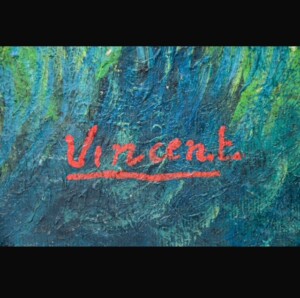
A Probable Forgery
We could dwell on the forms, but there’s no need. This entire mess lacks the focused energy and controlled force of Van Gogh, who eliminated hesitation from his gestures. Nothing in his work trembles or lands halfway, unlike nearly everything we see here.
This painting could have been the work of an admirer, a diligent student attempting to follow in the master’s footsteps. But the canvas is signed with a limp “Vincent,” underlined in red. And even if I try to remain open-minded and imagine cultures where reproducing a signature might be part of an homage, I find it more likely that in this case, there was a dishonest attempt to pass off a dumb patchwork as an authentic Van Gogh.
Truly, one cannot help but think of what the illustrious Gustave Coquiot wrote in Des peintres maudits (1924): ‘One must conclude – and I return to this one last time — that art collectors are above all sinister imbeciles, for them to swallow so many erroneous attributions, so many crusty, falsified, and doctored works! For any painting riddled with palette scrapings, violent yellows, bright reds, Veronese greens – there you have it, a Van Gogh! A Van Gogh from the glorious period, from the Arles period, if you please! Ah, what a merry feast for scavengers!’
The stupidity of forgers can at times be astonishing in its depth. Here, it reveals itself on the back of the canvas in all its abyssal glory: we find there—faded just enough to look aged and authentic—a reproduction of Van Gogh’s funeral notice, complete with the location of the ceremony, the church of Auvers-sur-Oise, crossed out by Theo… What intention lies behind this strangely affixed document, which I’ve already seen on other manifestly fake works, presented as a supposed proof of authenticity?
Hard to say. But what is absolutely certain is this: this field of poppies, which tries to blend The Starry Night with a kind of absurd visual bouillabaisse, is most definitely not a Van Gogh.
